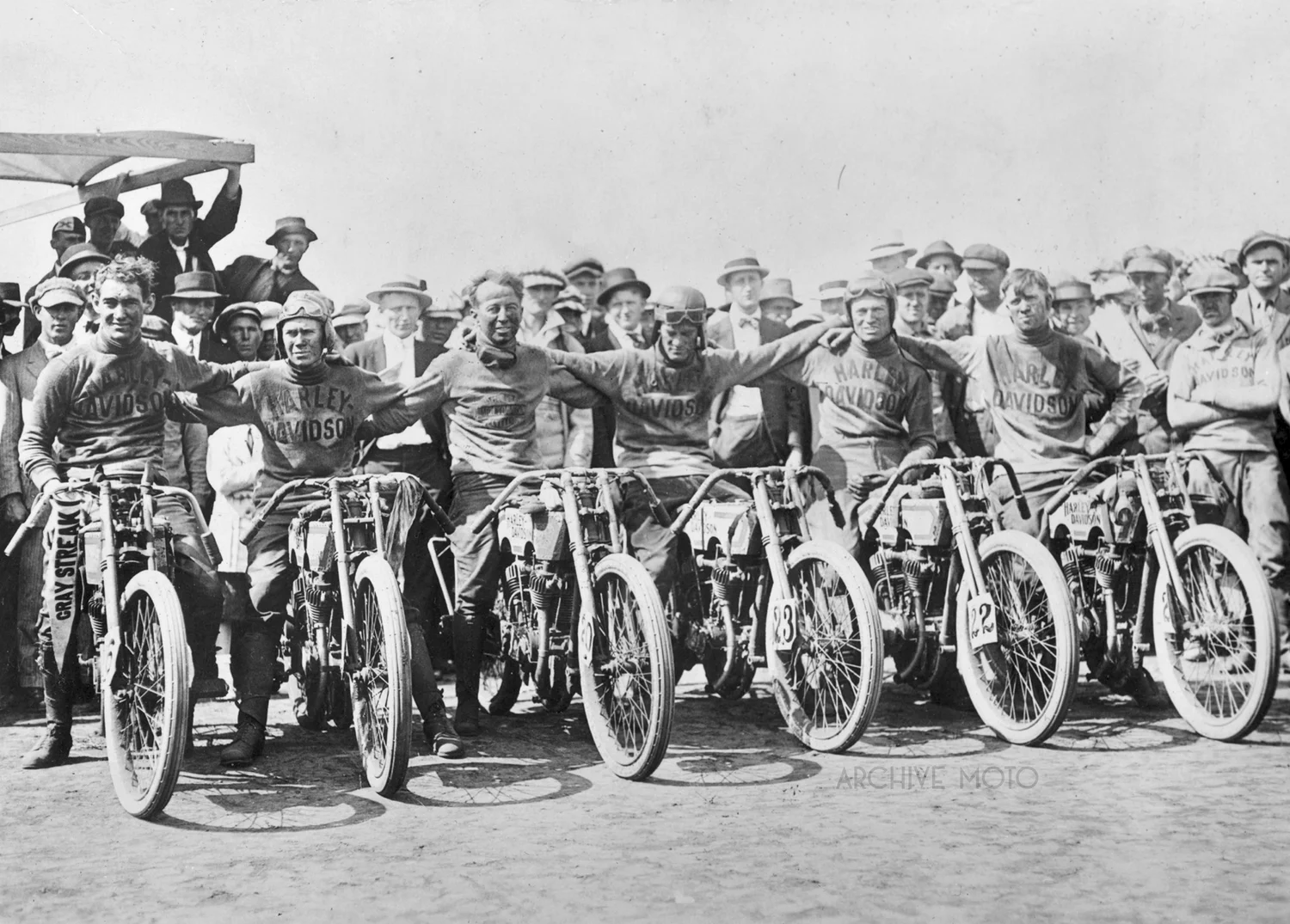The ever so handsome CeDora, a pioneer female stunt rider from the turn of the century. The toast of the Vaudeville circuit, the young CeDora thrilled audiences across the country as she gracefully piloted her specially modified Indian motorcycle around the inside of a giant 3-ton steel ball known as The Globe of Death.
First reports of CeDora’s amazing act surfaced in April of 1909 when she appeared on the cover of The Motorcycle News magazine. At that time she was performing in New York City’s Hippodrome theatre, the largest theatre of its type in the world. 1909 was still a very early time in the motorcycle’s development, iconic manufacturers like Harley-Davidson and Excelsior were still getting their feet underneath them and the sport of professional racing was just beginning to take shape. As such it wasn’t the most common occurrence to see a woman riding a motorcycle, much less one performing death-defying stunts. A pioneer in every sense, CeDora’s attire in that first photograph was quite possibly the most shocking thing about her, high cut shorts and a short sleeved shirt were downright shocking in 1909.
CeDora traveled all over North America throughout the teens, her show not making across the Atlantic due to World War I. Thrill shows like the Globe of Death, Whirl of Death, Silodromes, and later the Wall of Death became a staple of the American carnival culture and still to this day audacious men and women alike risk their own health and safety to delight crowds across the country with their spectacular, death-defying shows. CeDora was most likely the first of her kind and was certainly a pioneer in American motorcycle culture. Here she poses for a snapshot in early 1917 onboard her prized Indian “Globe” machine, the same machine she rode her entire career. It should be noted that in the world of rare early Indian one-offs and unique modified motorcycles, CeDora’s bike, though it has been restored is one of the few that is accounted for and can be seen if searched for on the web.
www.ArchiveMoto.com







